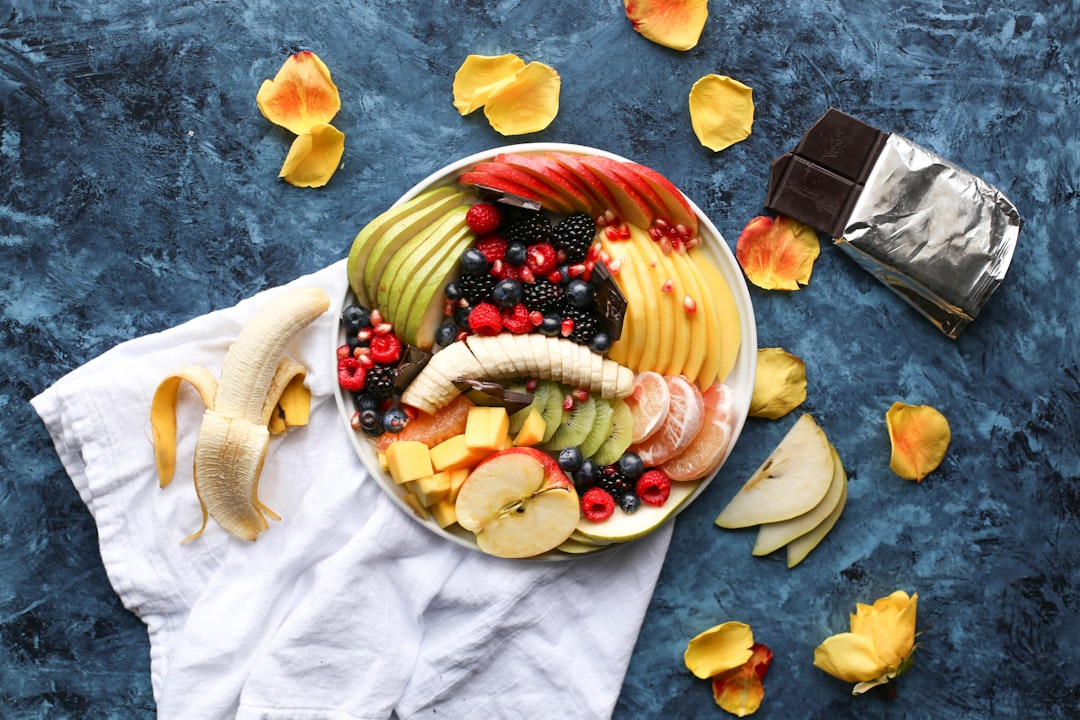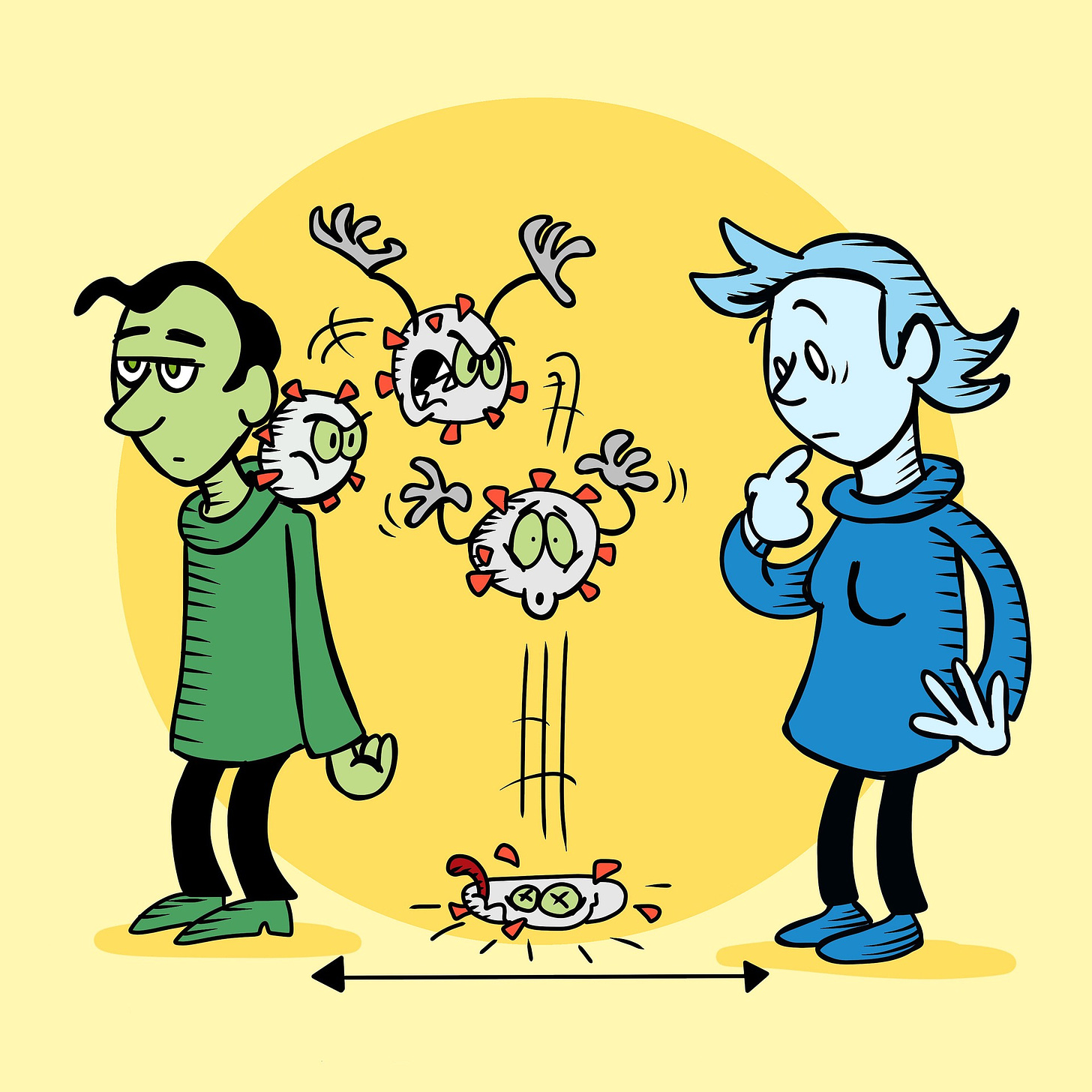It's becoming more and more common for the food we consume to be processed and far from its natural state. Food technologists and food manufacturers have really made an impact with their abundant, relatively inexpensive, calorically dense, and "highly palatable" food products over the last few decades. In fact, hyper palatable foods rose by 20 percent in three decades, now making up 70 percent of available foods in the US.
This has filled grocery store shelves with foods containing preservatives and additives that are difficult to pronounce. And when we're not buying food at the store, it's often a cheeseburger and fries for dinner.
This is a big reason why obesity rates have doubled in the US over the past three decades - quite a change. Considering the effect this type of diet can have on our health, it's concerning that rates of metabolic diseases have been steadily increasing over the decades, as reported by the Centers for Disease Control and Prevention. (Orlando Health)

Fruits and vegetables especially have gone nearly missing from national plates. Yet they’re an excellent source of essential vitamins and minerals that are good for your health:
vitamin A (beta-carotene)
vitamin C
vitamin E
magnesium
zinc
phosphorous
folic acid.
In addition they also contain phytochemicals, which can act as antioxidants, phytoestrogens, and anti-inflammatory agents. All of these compounds work together to help keep us healthy. (Journal List)
Healthy Benefits
Did you know that consuming nutrients from fruits and vegetables can do wonders for your body like preventing disease? But it doesn't stop there. Eating non-starchy vegetables and fruits like apples, pears, and green leafy vegetables may even help with weight loss. They have a low glycemic load which means they prevent blood sugar spikes that can increase hunger. They’re also low in fat, salt and sugar, and are a good source of dietary fibre, which can make you feel fuller for longer and prevent overconsumption of unhealthy foods. As part of a well-balanced, healthy diet and an active lifestyle, a high intake of fruit and vegetables can help you to:
reduce obesity and maintain a healthy weight
lower your cholesterol
lower your blood pressure
It's important to remember that there are at least nine different families of fruits and vegetables, each with potentially hundreds of different plant compounds that are beneficial to health and virtually no side effects.
So, make sure to eat a variety of types and colors of produce in order to get all the nutrients you need. Not only will this ensure a greater diversity of beneficial plant chemicals, but it will also create eye-catching and delicious meals. (Harvard Health)
Types of Fruit
Fruits are usually eaten raw, although some varieties can be cooked. Common types that are readily available include:
apples and pears
citrus – oranges, grapefruits, mandarins and limes
stone fruit – nectarines, apricots, peaches and plums
tropical and exotic – bananas and mangoes
berries – strawberries, raspberries, blueberries, kiwifruit and passionfruit
melons – watermelons, rockmelons and honeydew melons
tomatoes and avocados.
Types of Vegetables
Vegetables are available in many varieties and can be classified into biological groups or ‘families’, including:
leafy green – lettuce, spinach and silverbeet
cruciferous – cabbage, cauliflower, Brussels sprouts and broccoli
marrow – pumpkin, cucumber and zucchini
root – potato, sweet potato and yam
edible plant stem – celery and asparagus
allium – onion, garlic and shallot.
Legumes
Legumes or pulses contain nutrients that are especially valuable. Legumes need to be cooked before they are eaten – this improves their nutritional quality, aids digestion and eliminates any harmful toxins. Legumes come in many forms including:
legume flours – chickpea flour (besan), lentil flour and soy flour
dried beans and peas – haricot beans, red kidney beans, chickpeas and lentils
fresh beans and peas – green peas, green beans, butter beans, broad beans and snow peas.
Colour Variety
Foods of similar colours generally contain similar protective compounds. Try to eat a rainbow of colourful fruits and vegetables every day to get the full range of health benefits. For example:
red foods – like tomatoes and watermelon contain lycopene, which is thought to be important for fighting prostate cancer and heart disease
green vegetables – like spinach and kale contain lutein and zeaxanthin, which may help protect against age-related eye disease
blue and purple foods – like blueberries and eggplant contain anthocyanins, which may help protect the body from cancer
white foods – like cauliflower contain sulforaphane and may also help protect against some cancers.
Source: BetterHealth.gov
Particularly Beneficial Fruits + Veggies

Several fruits and vegetables are particularly beneficial for heart health. Leafy green vegetables like spinach, kale, and collard greens are high in vitamin K and nitrates, which can help reduce blood pressure and improve arterial function
Studies show that a higher intake of leafy greens is associated with a lower risk of heart disease. Broccoli, kale, and Brussels sprouts provide many heart-health benefits. One cup of broccoli contains 5 grams of fiber, polyphenols, and is loaded with vitamins C and K
Tomatoes are rich in lycopene and have been associated with a lower risk of heart disease and stroke. And carrots contain beta-carotene, which works as an antioxidant in the body to help slow down or prevent atherosclerosis by reducing the buildup of plaque from cholesterol and other substances in the arteries, while oranges are rich in vitamin C and potassium, which can help lower blood pressure.
Many vegetables and fruit are particularly rich in vitamin C and beta-carotene, which work as antioxidants to prevent atherosclerosis by reducing the buildup of plaque from cholesterol in the arteries. Some examples include red peppers, strawberries, kiwi, cantaloupe, squash, pink grapefruit, sweet potatoes, swiss chard.
Sources: Healthline, HeartandandStroke.ca, Health.gov, GreenCityGrowers, NIH
Some Pointers
Limit fruit juices as they contain too many sugars, without the necessary nutrients. This contributes to diabetes. Instead, have a drink of water and a piece of fruit.
Remember to eat raw vegetables and fruits if possible, perhaps pureed into smoothies. Cut off only the inedible parts of vegetables – sometimes the best nutrients are found in the skin, just below the skin or in the leaves.
When cooking, use stir-fry, grill, bake or steam methods and don’t overcook, to reduce nutrient loss.
Remember that organic fruits and vegetables always contain more nutrients than non-organic, and the fact that it has little or no pesticides is an added advantage.
The World Health Organisation (WHO) recommends that adults eat at least 400g, or 5 portions, of fruit and vegetables. While that may sound like a lot, it ensures a few good things for you:
you’ll stay alkaline
you’ll stay healthy
you’ll stay lean
you’ll stay energetic
you’ll ensure a nutritious diet
you’ll have good gut health
I know we all understand - in general terms - that fruits and veggies are good for us. But do we eat enough of them? I can’t stress how much we all need to improve in this area. The turn about in health will be amazing. Try it and witness the amazing power of fruits and vegetables.






